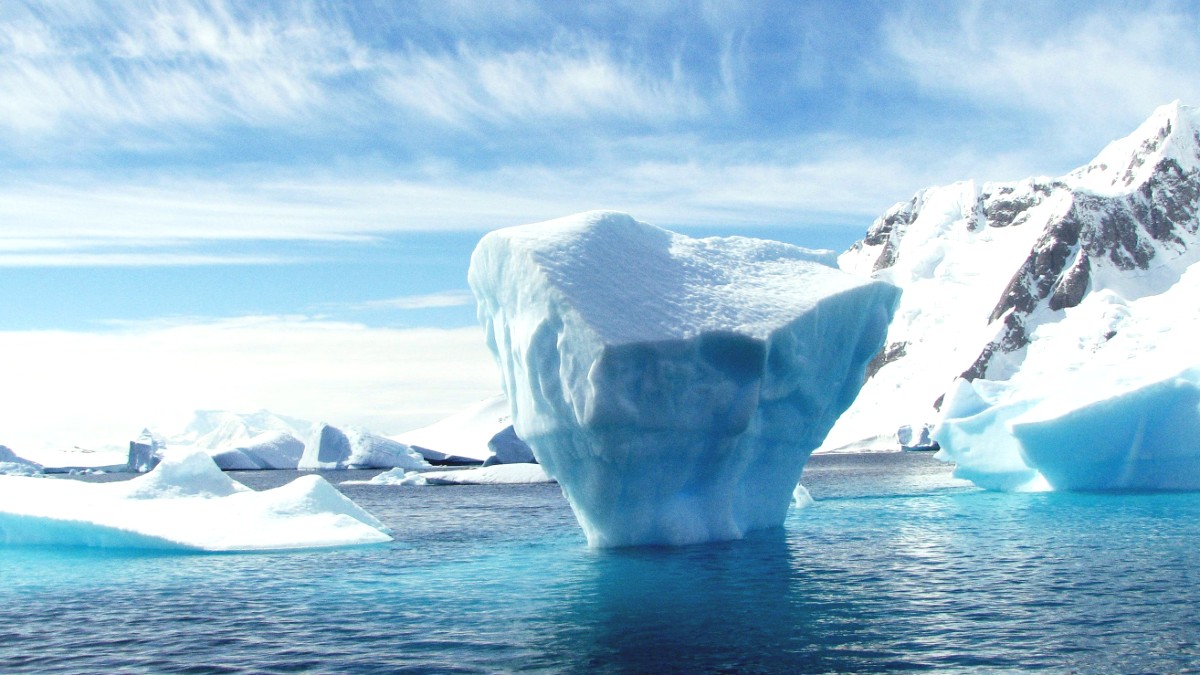
Ships range in size and luxury. Smaller vessels, under 100 passengers, may present a more intimate experience and access narrower channels.
Larger expedition ships accommodate up to 500 passengers (the maximum for landings at a single site). Standard large cruise ships offer limited or no landings.
For frequent landings and an immersive experience, consider an expedition ship built for polar exploration.
Safety protocols are paramount on all expedition ships operating in polar waters.
Most affordable; may include bunk beds and a porthole. Shared with other passengers of the same gender.
Commonly feature two beds or a double, usually with a window or porthole and private bathrooms.
Larger with more amenities, often a separate sitting area and sometimes a private balcony. Higher pricing applies.
Some operators present optional overnight camping on the ice for an additional cost, a highly supervised activity.
The concept of "neighborhoods" does not apply to Antarctica. Your "neighborhood" is the ship and the specific landing sites visited each day. These sites vary based on ice conditions, weather, and wildlife activity.
Choose a ship matching your travel style and budget. Smaller ships often present a more intimate experience.
Larger ships may present more amenities. Select for a comprehensive Antarctic journey.
These trips are popular and hold a limited season. Booking well in advance is highly advisable, especially for specific cabin types or popular itineraries.
General travel booking sites are not advisable for polar expeditions. Direct booking with specialized operators or polar travel specialists is recommended for this type of travel.
Polar travel specialists possess deep knowledge regarding ships, itineraries, and specific expedition requirements.
Vacation rentals, apartment options, homestays, and community-based tourism are not applicable in Antarctica.
Recommendations depend on your budget, desired comfort level, and priorities (e.g., maximum landings, specific wildlife focus, onboard amenities). Research specific operators carefully.
Smaller, older ships with basic cabins (potentially shared) and fewer amenities.
Comfortable ships with various cabin options and good onboard facilities, often including lectures.
Newer, high-end ships with suites, premium service, and extensive amenities.
Fly across the Drake Passage one or both ways, reducing sea time while still using an expedition ship.
An optional activity offered by some ships. An overnight sleep on the ice presents a deep connection to the environment. Cost: Additional $200 - $1000+.
Some operators arrange specific family departures or programs with activities and educational content for children. Minimum age requirements vary.
Many operators present solo cabins or will pair same-sex travelers to avoid single supplements. Expedition ships are social environments.
While ships lack inherent historical status, some itineraries include visits to sites like Port Lockroy, a preserved historic base.
Consider longer itineraries that combine the Antarctic Peninsula with the Falkland Islands and South Georgia.
Specialized trips to the remote Ross Sea are available for extended experiences.
These extended voyages can last 20 days or more, offering an in-depth exploration.
Longer trips may present a wider array of wildlife and varied landscapes.
Major players in Antarctic travel include Hurtigruten, Lindblad Expeditions, Quark Expeditions, and Aurora Expeditions.
Compare itineraries, inclusions, and prices across different operators to find the optimal fit for your journey.
Research stations are not available for tourist stays. Some tours may include brief guided visits, but overnight stays are not possible.
There are no local communities to support through homestays or related tourism opportunities.
The image of the bridge implies a ship's internal comfort. Direct cabin interiors are often restricted by licensing.